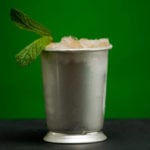 Food
Food  Food
Food  History
History 10 Odd Things Colonial Americans Kept at Home
 Weird Stuff
Weird Stuff 10 Superstitious Beliefs That Once Consumed Entire Cultures
 History
History 10 Bizarre Friendly Fire Incidents in Military History
 Technology
Technology 10 Modern Technologies That Accidentally Imitate Ancient Magic
 Mysteries
Mysteries 10 Mysteries of the Human Genome
 Weird Stuff
Weird Stuff 10 Things So Rare They’ve Only Been Found Once
 History
History 10 Legends Whose Last Moments Undid Their Glory
 Health
Health 10 Futuristic Ideas to Treat Common Medical Problems
 Weird Stuff
Weird Stuff Ten Surreal Attempts to Reverse Baldness
 Food
Food 10 Everyday Foods You Didn’t Know Were Invented by the U.S. Military
 History
History 10 Odd Things Colonial Americans Kept at Home
 Weird Stuff
Weird Stuff 10 Superstitious Beliefs That Once Consumed Entire Cultures
Who's Behind Listverse?

Jamie Frater
Head Editor
Jamie founded Listverse due to an insatiable desire to share fascinating, obscure, and bizarre facts. He has been a guest speaker on numerous national radio and television stations and is a five time published author.
More About Us History
History 10 Bizarre Friendly Fire Incidents in Military History
 Technology
Technology 10 Modern Technologies That Accidentally Imitate Ancient Magic
 Mysteries
Mysteries 10 Mysteries of the Human Genome
 Weird Stuff
Weird Stuff 10 Things So Rare They’ve Only Been Found Once
 History
History 10 Legends Whose Last Moments Undid Their Glory
 Health
Health 10 Futuristic Ideas to Treat Common Medical Problems
 Weird Stuff
Weird Stuff Ten Surreal Attempts to Reverse Baldness
10 Things You Didn’t Know About Voodoo
Thanks to popular portrayal by Hollywood, voodoo is perhaps one of the world’s most misunderstood religions. Most depictions of voodoo show a dark, mysterious religion that revolves around animal sacrifices, casting harmful spells, and using dolls to hurt others. That’s about as far from the truth as you can get, and the real stories behind voodoo are proof that you can’t believe everything you see on television.
10 Three Different Types
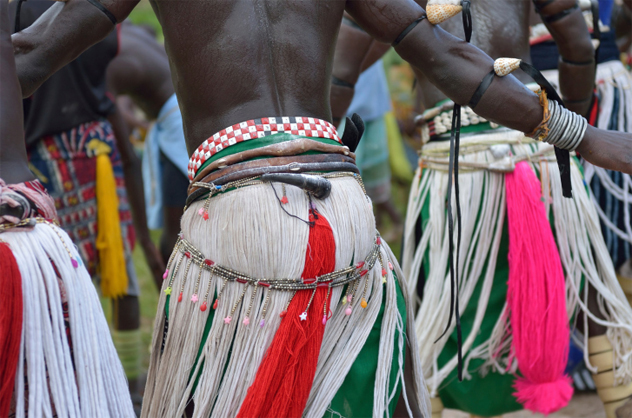
There are three main types of voodoo, each drawing their sphere of influence from a different place. West African voodoo is still practiced by around 30 million people, particularly in nations like Ghana and Benin. Rituals and beliefs are extensive, and largely untouched by the outside influences that have shaped other types of voodoo.
Louisiana voodoo is a unique brand of voodoo practiced, as its name suggests, mainly in Louisiana and the southeastern United States. Though brought over from West African voodoo, this form as been heavily influenced by the practices of Spanish and French settlers, as well as the Creole population. Haitian voodoo, practiced in Haiti, has been largely shaped by its French influence as well as Christianity.
9 Strong Parallels To Christianity
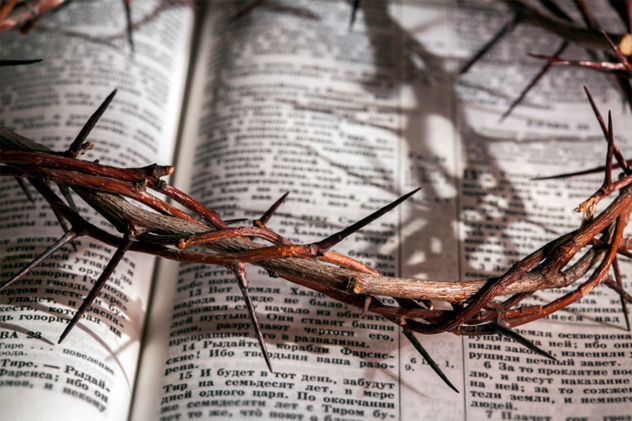
At first glance, it seems that a religion that revolves around spiritual possession, potions, and the worship of ancestors would have little to do with Christianity. However, there are strong parallels; in the case of Louisiana and Haitian voodoo, many Christian traditions, beliefs, and figures have been incorporated into this flexible religion. The spirits are central to the practice of voodoo, and many of the central figures have Christian counterparts.
Aida Wedo is a virginal figure of Mary, while Legba, the guardian gatekeeper, is a mirror image of St. Peter. In voodoo, important spirits that believers connect with are called the loa (or lwa); in some locations, these loa and their families can be called by the names of the Catholic saints they represent. In West African voodoo, there is a very Christian belief that there is one supreme god ruling all.
8 Accepted By The Catholic Church
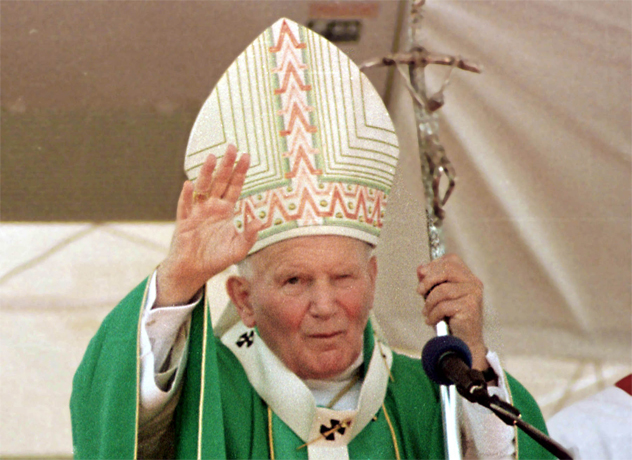
In fact, the parallels between voodoo and Christianity are so strong that there is no animosity between the two parties, and in many areas they peacefully coexist. While at one time practitioners who had also been baptized could expect repercussions from the church for partaking in voodoo ceremonies, now priests from both sides are working hand-in-hand to help bring peace and prosperity to Africa, the birthplace of voodoo.
In fact, Pope John Paul II has spoken at length about the esteem with which he holds practitioners of voodoo, acknowledging the “fundamental goodness” inherent in their practices, teachings, and beliefs. He even attended a voodoo ceremony in 1993, helping to cement the amiable coexistence of these two seemingly opposite religions.
7 Voodoo Dolls
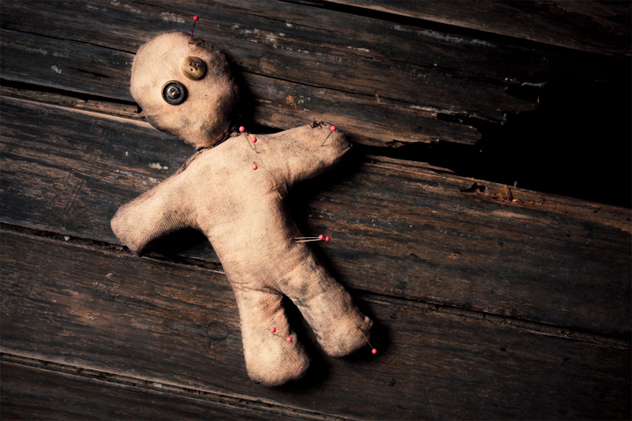
Voodoo dolls are more complicated than they’re usually portrayed. A voodoo doll doesn’t actually symbolize a person in the respect that what happens to it, happens to the person. Instead, a doll is only associated with the person in question—usually by attaching a picture of the person, or something that was in intimate contact with them, such as a lock of hair (attaching this personification is actually the purpose of the voodoo straight pin usually seen in a voodoo doll, which is commonly believed to be an instrument of pain).
Other things are usually added to the doll, and these vary based on the intended purpose. Garlic, flower petals, perfumes, or even money can be added—not as a direct message to the person, but as an appeal to the spirits to open themselves to the doll and the wishes of those involved. The voodoo doll can be used for a huge variety of purposes, and most are benevolent. The voodoo doll in itself is not an evil or dark thing, but, like many religious and secular symbols, it can be made dark by the person who wields it.
6 Marie Laveau
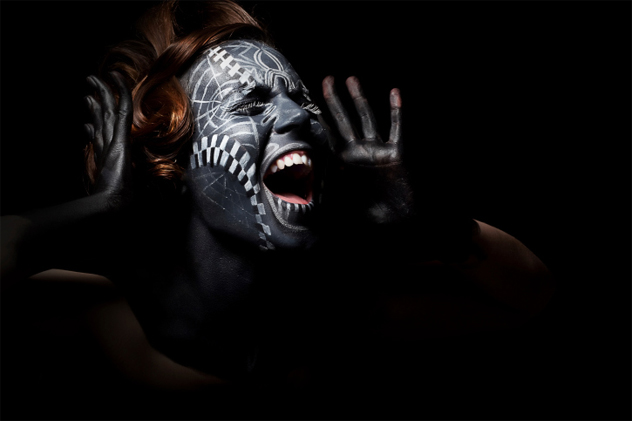
Marie Laveau is one of the names most commonly associated with voodoo, and consequently she has become something of a surreal, larger-than-life figure. Even what’s known for sure seems debatable. She was said to be born the illegitimate daughter of a Creole plantation owner and his half black, half Native American mistress. Her first marriage ended when her husband disappeared under mysterious circumstances; her second, common-law marriage, however, lasted years and gave her 15 children. One of these children, Marie Laveau II, followed in her mother’s footsteps as a voodoo priestess and is thought to be the source of rumors that the elder Laveau lived decades longer than any mortal person should.
In addition to counseling those in need and selling gris-gris to everyone in all walks of life, she was also a hairdresser. This allowed her intimate access to some of the most powerful people in New Orleans, who she would counsel while at the same time use to gather secrets and inside information on others in the city, helping to cement her position of relative power. Just how much power Lavaeu had has long been debated, but what can’t be debated is that her public performances and rituals elevated voodoo into the public eye.
Also beyond debate is her selfless concern for those she shared her city with; her work giving assistance to the homeless, the hungry, and the sick is well documented. Even today, visitors to New Orleans leave offerings at the place where she is supposedly buried and ask for her assistance.
5 Practitioners Are Servants Of The Spirits
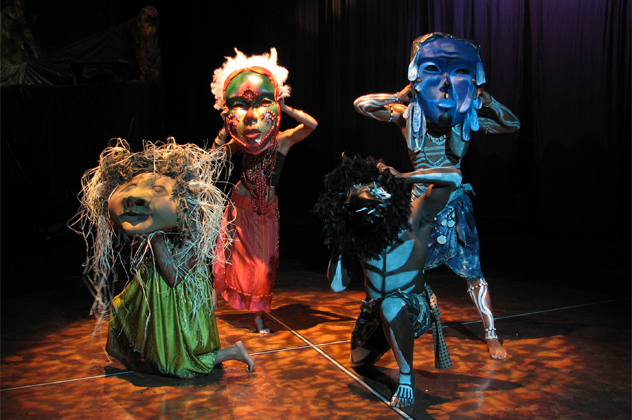
Someone who practices voodoo is often accused—especially by Hollywood—of being a powerful person who orders the spirits to do their bidding. That’s not the case at all; in fact, the opposite is true. Voodoo practitioners see themselves as servants of the spirits. They don’t actually tell the spirits to do anything; they provide offerings and honor, and then ask.
Voodoo priests and priestesses undergo a long period of training before performing any ritual that opens themselves up to spiritual possession. During these rituals, one of the two spirits that inhabit the body—the ti bon ange—leaves the body so the spirit of a loa can possess it. The ti bon ange is the portion of the spirit that contains the individual, and must be protected when the individual is hosting a loa. The other part, the gros bon ange, is a spirit that is shared among all the living.
4 Healing
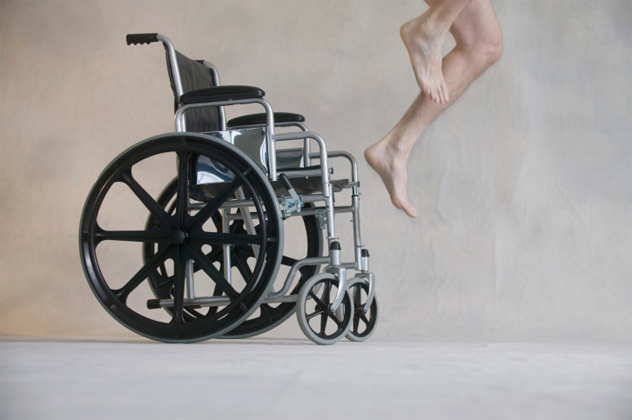
Again harkening back to the voodoo doll and the stereotypes around it, many think of voodoo as a dark religion led by people wielding power to damage the spirit and body. On the contrary, much of voodoo centers around healing and herbalism. One of the most important reasons for summoning a spirit in a voodoo ritual is to ask for aid in healing the sick and the injured.
Healing is a spiritual idea as well as a physical one, and practitioners can focus on healing a broken heart or changing a person’s luck for the better, as well as healing the body. Voodoo priests and priestesses do acknowledge that they are not all-powerful when it comes to diagnosing and healing, however, and will recommend modern medicine and treatment if they deem the situation beyond their control.
3 There Is No Black Or White
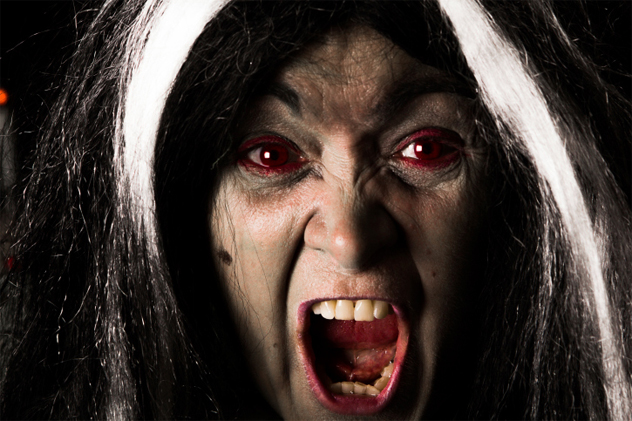
Many cultures recognize white magic as the good, healing sort of magic, while black magic is the darker sort. In voodoo, there is no distinction between white and black. Instead, when an evil spirit is conjured or bribed by an evil person to do something bad, it’s called red magic. The color of the spirit is red, and when a practitioner allows an evil loa to take possession of them, their eyes turn red, showing that evil is present.
Sometimes a benevolent spirit can turn evil by the wishes that are imposed on it. This is in complete contradiction to the actual teachings of voodoo, which center around the good and the charitable. Part of the role of a female practitioner (a Queen) and a male practitioner (a Doctor) is to stop red magic before it happens.
2 The Voodoo Pantheon
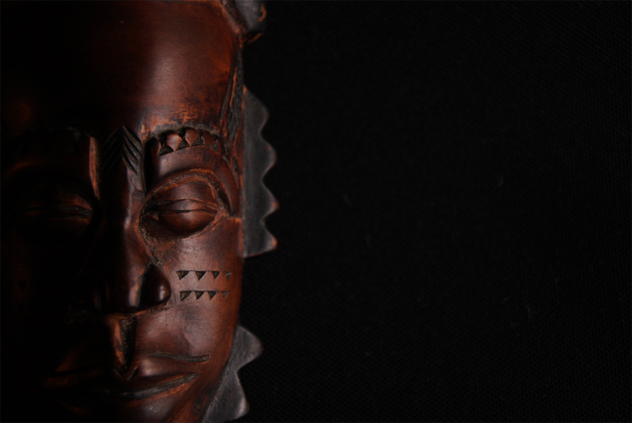
In another striking similarity to Christianity, the voodoo pantheon has three main tiers. At the top is a single God, who is a present yet distant figure. The loa make up another tier—spirits that interact with mortals on a regular basis. The individual’s deceased relatives play an important role in their spiritual life as well, as honoring one’s ancestors is an important part of voodoo. The third tier is the mortals themselves.
One of the fundamental concepts of voodoo is the relationship between these tiers; Papa Legba is one of the most important of the loa, as he is the gatekeeper between the mortal realm and the divine. All mortal contact with the loa goes through Legba, and it is said that he opens the gates between worlds. A reflection of St. Peter, he is also the guardian of the home, the crossroads, and travel.
1 Snakes
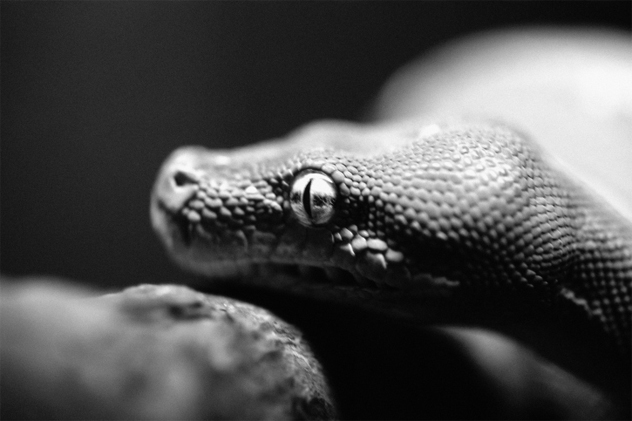
The images of you commonly see of voodoo practitioners dancing with snakes aren’t done for the shock value. The snake is hugely important in the mythos of voodoo. Damballa, or Danballa, is the serpent god and the oldest of the voodoo pantheon. He is said to have been the one to create the world. Damballa created the water from his shed skin and the stars in the sky from his coils. He is married to Ayida Wedo, the rainbow, in an eternal love that represents the balance between the male and the female.
He represents wisdom and the mind, and is associated with symbols like the color white, eggs, bones, and ivory. The protector of the helpless and young children as well as the handicapped and the deformed, he is said to transport the souls of the dead to the afterlife. Priests and priestesses can be possessed by the spirit of Damballa, but they do not speak; instead, they hiss.
+ Animal Sacrifice
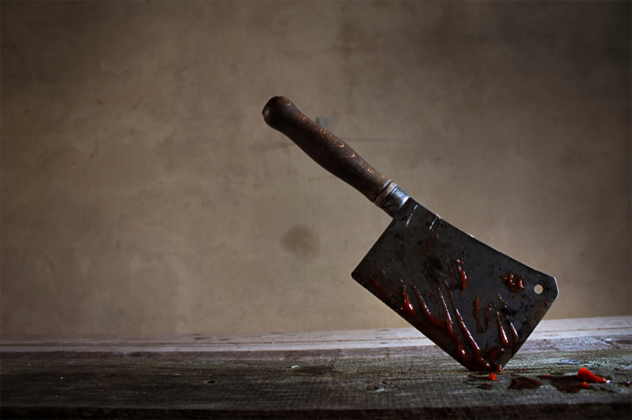
Animal sacrifice has always played an important part in voodoo rituals, but the reason is not because of a morbid fascination with death or blood. The loa use energy in their communication with mortals, along with the general running of their day-to-day affairs. By sacrificing animals and offering them to the loa, practitioners believe they are combining the life force of the animal with the life force of the loa, rejuvenating the spirit.
The meat and blood of the animal is often cooked and consumed as part of the ceremony. Some spirits have animals that are typically associated with them in sacrifice; chickens, for example, are often offered to Damballa.

